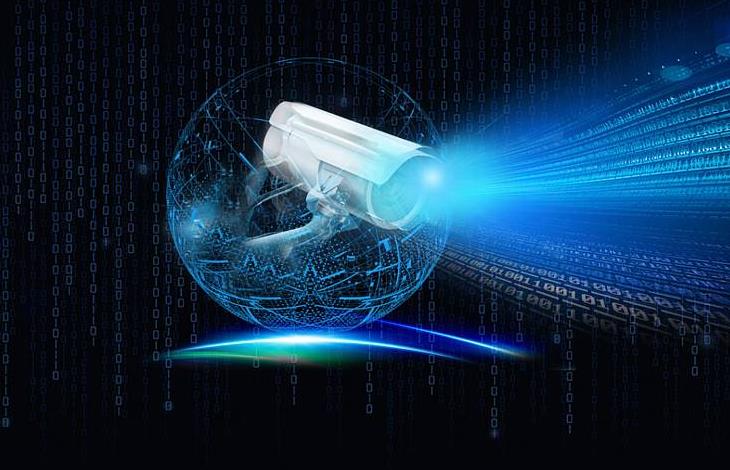Literally, remote monitoring can be divided into two parts: "monitoring" and "control". "monitoring" mainly refers to obtaining information through the network, while "control" refers to the method of operating the remote computer through the network, such as restarting and shutting down the remote computer, and also includes the daily setting of the remote computer.
Remote monitoring in the field of video monitoring refers to accessing video monitoring equipment to the Internet to view remote video images through computers, mobile phones and other terminal devices. There are many access methods, such as port mapping, access through IP address; View through domain name resolution.

For the field of video surveillance, the general working principle is as follows:
First of all, it will come from video camera The video signal is input into the video capture terminal, and then the video capture terminal converts the video signal into a digital image of 25 frames/second through the image compression algorithm, and forwards the compressed audio and video data stream to the video monitoring center through the network; The monitoring computer in the video monitoring center decompresses the image and sound data received from the front end and monitors them in real time through the computer display screen and sound card.
When an alarm occurs, the alarm decoder will link the alarm output device, input the alarm signal to the video terminal through the alarm decoder, and transmit it to the monitoring center, the video of the monitoring center The server After receiving the alarm signal, sound signal will be sent immediately, alarm events will be recorded, hard disk recording and other alarm operations will be performed.
The camera control, deployment and other control signals are transmitted in the downlink. The monitoring host of the monitoring center sends out various control signals. After receiving the control signal, the video acquisition terminal passes through the pan tilt lens controller Or directly control the camera, or complete the deployment operation.
The system adopts the hardware compression software decompression technology, and the remote video monitoring function can be realized by adding the corresponding software on the computer terminal of the relevant department or through the Web function of the IE browser provided by Windows, which can be set as a video monitoring workstation.
TCP/IP and Multicast technologies are used for network communication, which makes full use of the network transmission performance and network bandwidth to avoid network congestion.
The remote video monitoring system consists of the system sub station and the dispatching center master station. The system sub station is set up in subordinate coal mines, power plants, substations and other places that need monitoring. It is mainly composed of video acquisition terminals, computer network connection equipment, cameras, alarm probes, alarm decoders, etc., and is responsible for the collection and digitization of audio and video signals and alarm signals, The existing computer network is used to realize video/alarm information transmission and remote monitoring between stations and the dispatching center. The main station of the monitoring and dispatching center is mainly composed of video management server, browser, computer network connection equipment, remote monitoring and video server software. The monitoring center can manage multiple acquisition stations through the network, and can switch and control to any monitoring point site to implement overall monitoring, so as to realize video monitoring of the entire region. Through the network, it can not only browse the live video of each monitoring point in real time, but also remotely access the video files of the collection station, download the video files, and record in the monitoring center.
The remote video monitoring system can generally adapt to different communication networks, and can be Ethernet, E1, WLAN or other transmission channels.
Wuxi Dehang Technology Co., Ltd., founded in 2010, is a computer network system integration and weak current engineering service company in z industry.
For many years, the company has been committed to information system integration, Internet/Intranet software development, building a technical service network covering Quan country, and providing a complete set of solutions for large, medium and small users such as early planning, scheme design, application development, system installation and debugging, and personnel training of information systems and weak current systems. So far, it has provided hundreds of large and medium-sized computer network systems and weak current engineering solutions in the fields of finance, insurance, securities, power, banking, civil aviation, railway, water conservancy, petrochemical, national defense, customs, telecommunications, scientific research institutions, etc.
![]()






